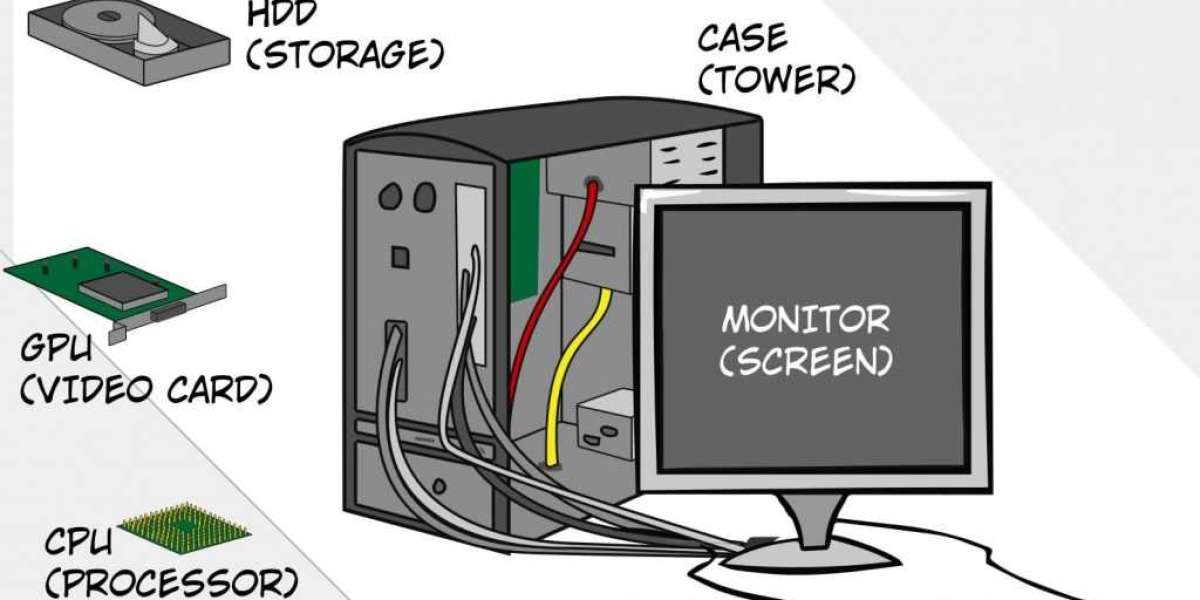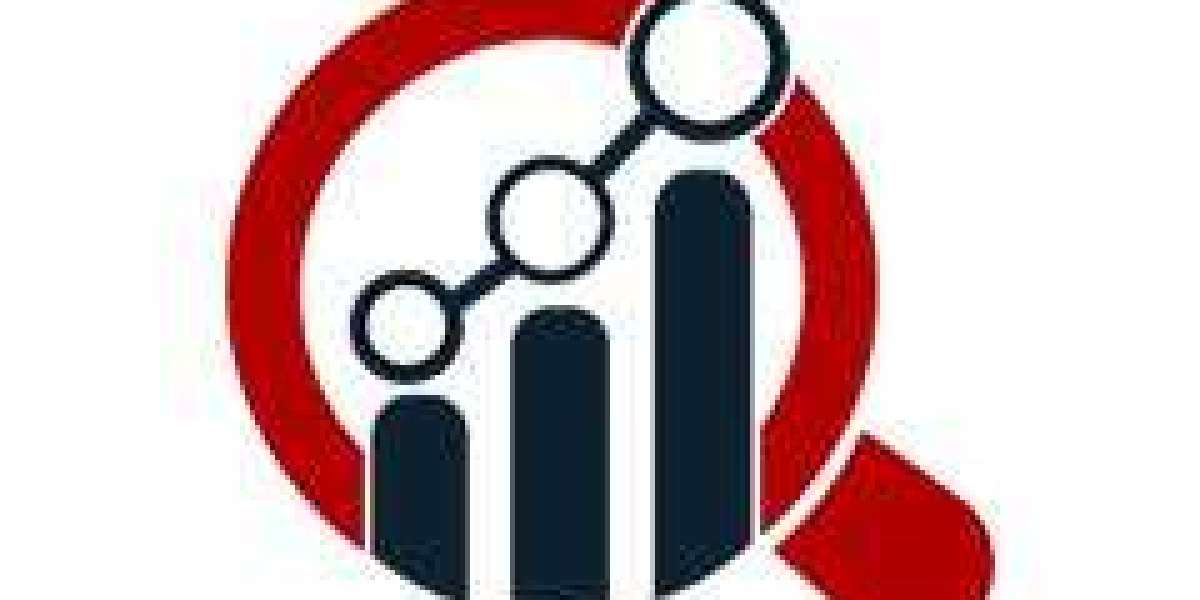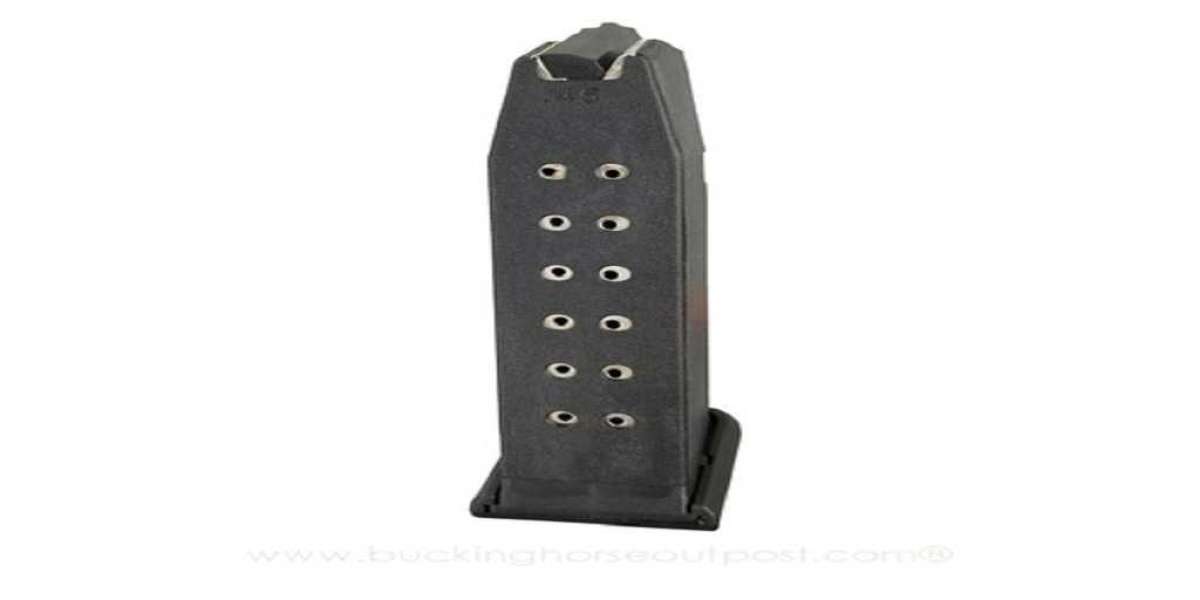System Unit
A computer case, computer chassis, and computer tower are all other names for this unit. While the majority of computer cases are drab, black metal boxes, some manufacturers try to inject some personality into the product by adding color and unique design elements.
Mother Board/System Board
One of a computer system's most crucial components is the motherboard. The motherboard is a critical component of a computer, connecting the CPU, system memory, and connectors for input and output devices. It's an essential element in any computing system.
Central Processing Unit (CPU)
The Central Processing Unit, or CPU, is the centerpiece of any computing device - it serves as the "brain" and "heart" that powers every task. It processes information, follows instructions, and receives data. It sends and receives data to and from the CPU through communication with input/output (I/O) devices.
The central processing unit (CPU) is the main processing component in a computer system and carries out most of the tasks associated with it. To ensure efficient functioning, the CPU relies on a chipset comprising an arrangement of microchips on the motherboard to facilitate the movement of instructions and data between various computer components.
Primary Storage
- Expansion Bus
A primary pre-installed computer bus can expand itself to cater to more peripheral devices such as memory cards, backup drives, boards, and game controllers.
- Adapter
An adapter serves as a tangible tool that enables the seamless integration of different hardware or electronic interfaces without any limitations on their functionality. Generally, an adapter is integrated into a card that can be effortlessly inserted into a slot on the motherboard of a computer. The information that is exchanged between the microprocessor and the card is adapted by the card-supported devices.
- Power Supply Unit
The power supply is an essential part of a computer setup and maintains optimal performance. Its primary function is to convert the AC power that comes from an electrical outlet into DC power that can be used by the various components inside the computer case. This ensures that the computer can function normally by receiving a continuous source of power. The power supply also plays a crucial role in regulating voltage levels to prevent overheating, which can potentially damage the computer. Depending on the type of power supply, voltage regulation can be carried out automatically or manually.
- Hard Disk Drive
The hard disk drive is a computer's primary and typically largest data storage hardware component. The primary location for storing the operating system, software applications, and various other files is the hard drive. It is common to refer to the hard drive as the "C drive" due to Microsoft Windows assigning it the letter "C" about the primary partition on a computer's primary hard drive.
- Optical Drive
Optical drives are designed to access or save data on optical discs such as CDs, DVDs, and Blu-ray discs. These discs offer a significantly greater storage capacity as compared to floppy disks or other portable media.
- Computer Case
The computer case is primarily used to physically mount and store all of a computer's actual components, such as the motherboard, hard drive, optical drive, floppy disk drive, and so on. A power supply is typically included in computer parts and components wholesale packaging.
Types of Direct Entry Devices
- Mouse
The mouse, also known as a pointer, is a hand-operated input device that is used to manipulate objects on a computer screen. Although the housing of a laptop, netbook, or tablet is also considered a case, the term typically refers to the one that is part of a traditional desktop PC because these devices cannot be purchased separately or are very easily replaced.
A mouse movement is sent to the computer to move the cursor on the screen to interact with files, windows, and other software elements, regardless of whether the mouse uses a laser, a ball, is wired or is wireless. Even though the mouse is a separate piece of hardware that isn't part of the main computer, most systems—at least those that don't use touch—require it.
- Light Pen
A light-sensitive pointing input device, a light pen, is frequently utilized to select or otherwise modify data or text displayed on a screen. These early tools for manipulating and highlighting data on a screen were used with a CRT monitor.
- Touch Screen
A touchscreen is a display mechanism that allows an individual to utilize their finger to engage with a computer or device. They offer a convenient means of navigating through a graphical user interface (GUI) when contrasted with a mouse or keyboard. Touchscreens are integrated into various devices, including computer and laptop monitors, tablets, smartphones, information kiosks, and cash registers. Rather than employing the use of touch input, certain types of touchscreens use infrared technology to detect finger presence. An array of infrared beams is used in order to accurately interpret data.
- Digitizer Tablet
A digitizer tablet also referred to as a graphics tablet or digitizer is designed for digitizing manually drawn images. This technology allows for the conversion of these hand-drawn pictures into formats that are compatible with computer systems. The conventional method involves using a stylus to draw images on a flat surface, which is then presented on a computer screen or monitor. Besides, digitizer tablets are input devices that can capture and transmit drawings to PC-based software like AutoCAD and CAD software.
Scanning Devices
Bar-code readers, marl-and-character recognition devices, fax machines, and imaging systems are all examples of scanning devices. Devices for marking and character recognition include optical mark recognition, magnetic-ink character recognition, and optical character recognition. There are dedicated fax machines and fax modems. Text and images are transformed into digital form by imaging systems.
Text, drawings, photographs, and other analogous images are transformed into digital form by scanning devices. After that, a computer can process the images, show them on a screen, store them on a storage device, or send them to another computer.
Examples of scanning devices are: Barcode readers, devices that recognize marks and characters, fax machines, imaging systems LCD or Flat Panel Monitor LCD stands for liquid crystal display, and although it may appear as though this is a brand-new technology, digital watches have used it for years. The technique works by passing an electric current through polarizing material between two sheets of liquid crystal.
- Thermal Printers
Rolls of treated paper are taken by thermal printers, which are utilized in adding machines and cash registers. When heated, the paper becomes dark. The paper is fed into a print head with a sophisticated electronic heater by the print mechanism, which then produces simple graphics and text on the tape. It is simple to use and maintain a thermal printer because it does not require ink, toner, or any other supplies. However, when left in hot areas, the paper becomes dark; it may become unreadable after a few months.
- Inkjet Printers
Due to their affordability and reliability, inkjet printers have become a prevalent desktop technology. The printer's cartridge contains advanced components which dispense ink onto a page in carefully determined quantities, resulting in high-quality text and graphics. A bar moves the cartridge across the page to complete the printing process. When the ink has run out, the cartridge, which consists of important components that eventually wear down, must be replaced. The majority of the time, the printer only requires this for upkeep.
- Laser and LED Printers
Laser and LED printers are related to copy machines; both use a toner powder and a metal drum that is sensitive to light. The image of a page is "drawn" onto the drum inside the printer by light from a laser or LED. Toner sticks to the drum because the light creates a static electric charge in it. The toner melts when heated; the printer instrument compresses a piece of paper onto the drum, making the toner stream onto the paper and shaping a printed page.








